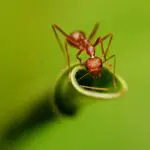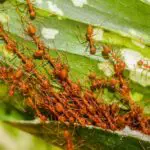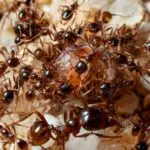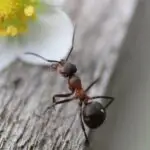How Do Ants Change Their Nest?
Several factors affect how ants change their nest. One of the biggest is competition for food. Workers are responsible for bringing food to the nest, as well as cleaning up the nest and protecting the queen.
Another factor is how many workers are present. If there are too many, the process of moving the nest becomes more complicated. This could lead to disorganisation of the colony. The number of ants can also determine the amount of time it takes for a colony to relocate.
Several species of ants live in different climates and habitats. The ability of ants to adapt to new habitats is essential for evolutionary success.
Climate warming has made it possible for many ant species to expand their ranges. Some ants are adapting to climate change more rapidly than others. The Formica podzolica ant, which has nests in pine and aspen stands from Alaska to New Mexico, is one example. During warm, humid days, these ants will depart the nest in search of mates.
A group of researchers recently studied the movement of ants in the Monongahela National Forest in West Virginia. They found that 61% of colonies moved within 21 days. The average colony size was 11 nests. Those colonies with more than one queen were more difficult to relocate.
These findings suggest that the ability of an ant colony to relocate is highly dependent on the presence of queens. When a queen is present, the colony will relocate more quickly. But the relocation process depends on a delicate balance between the queens and the workers.








